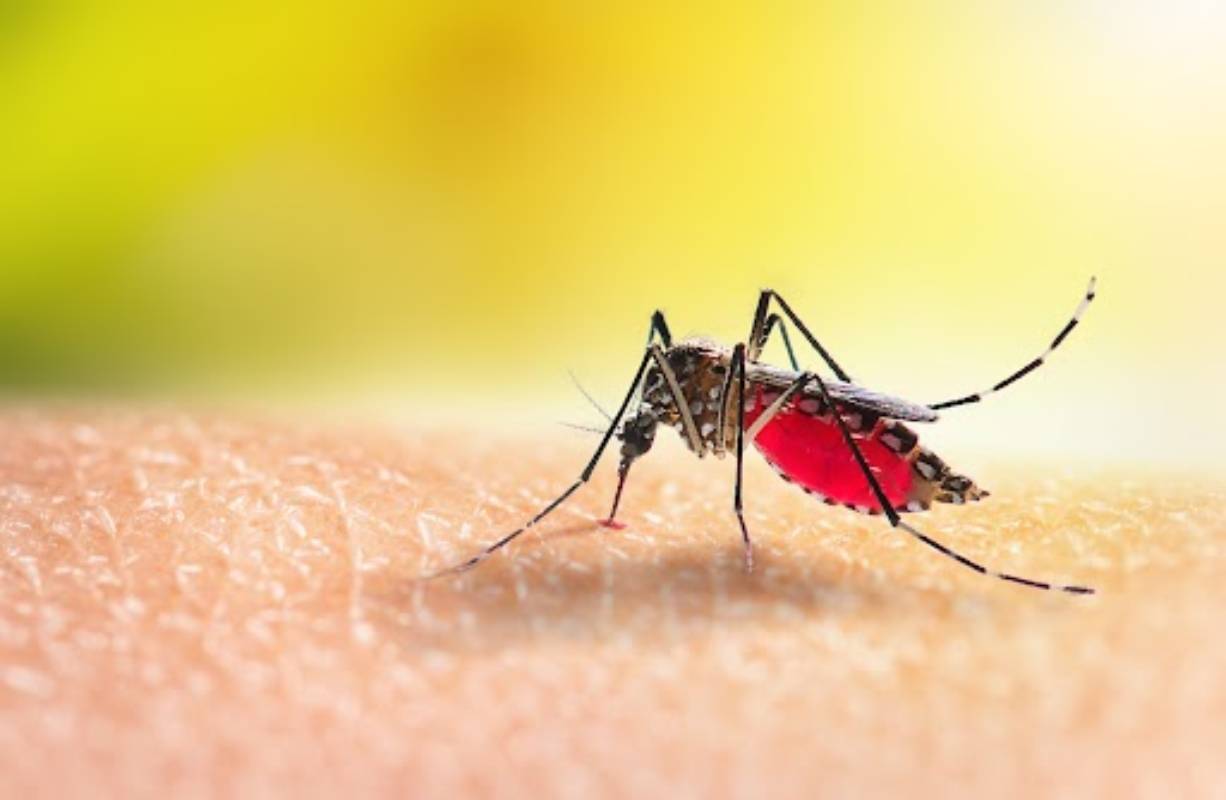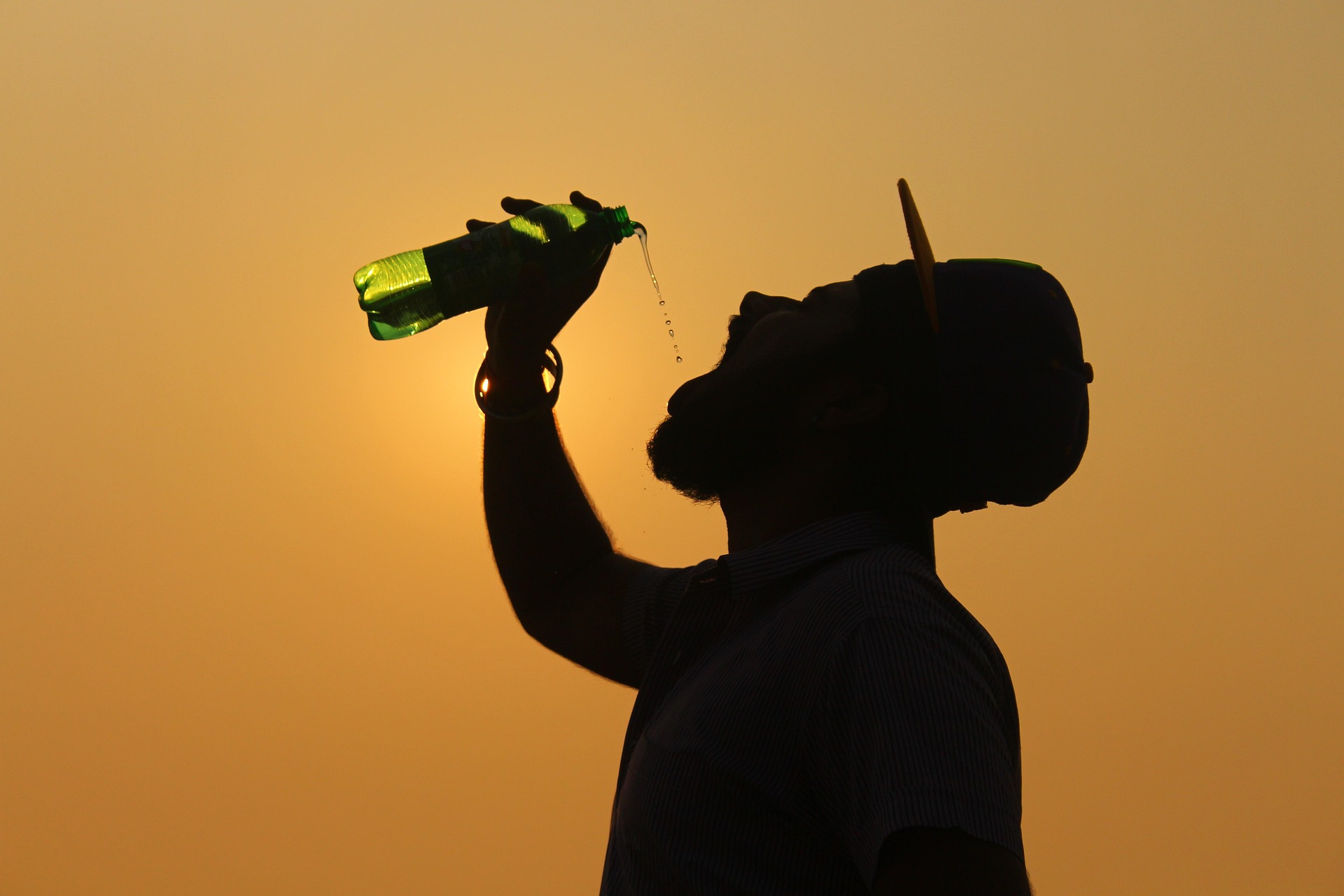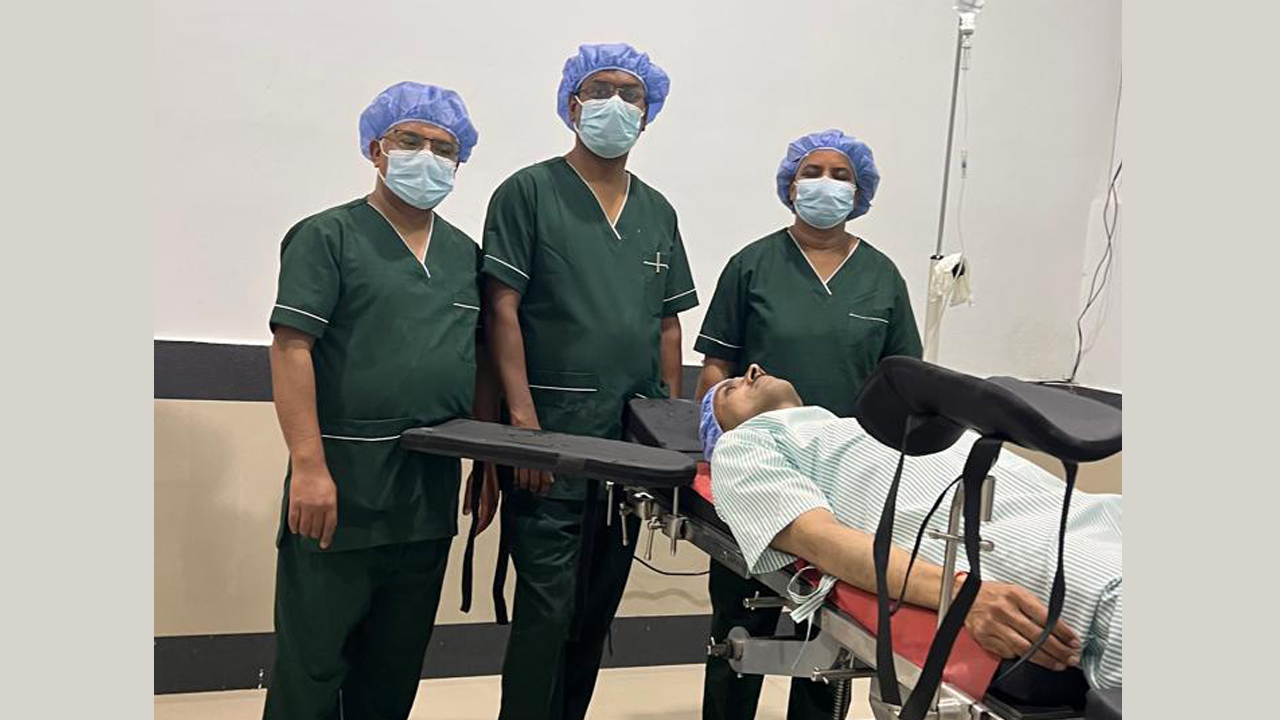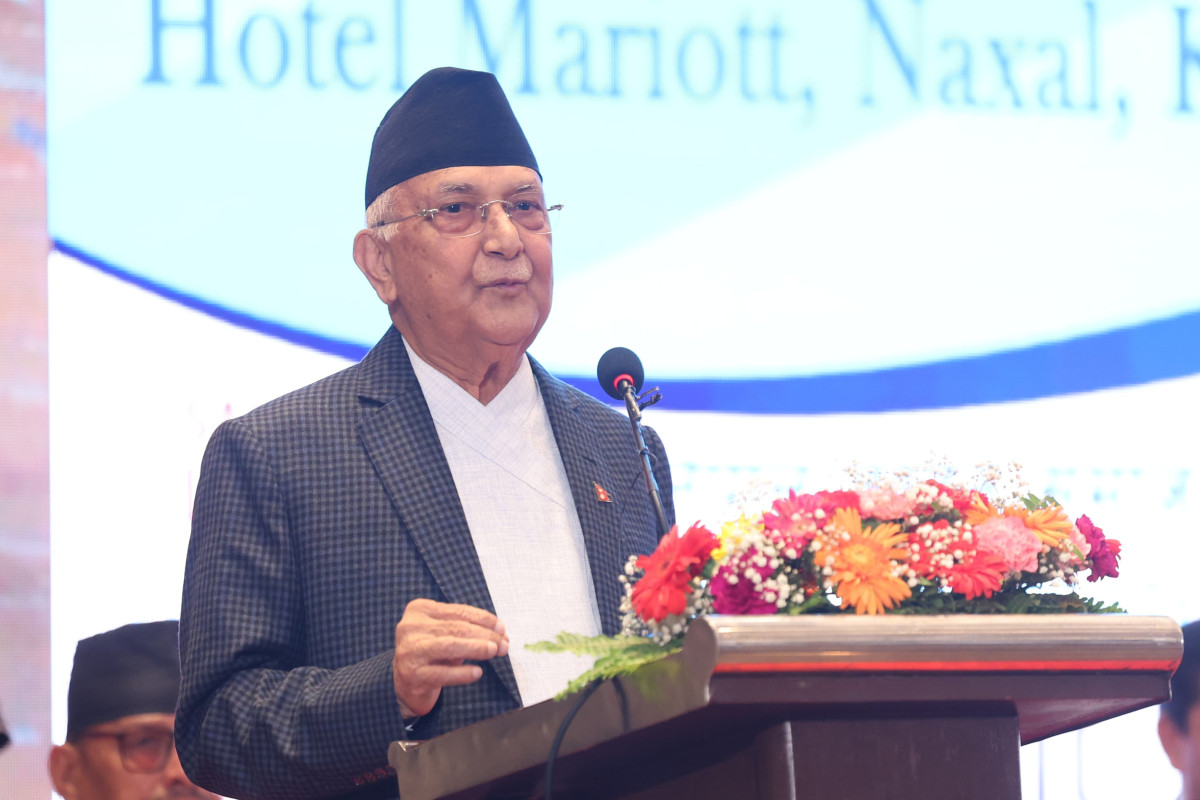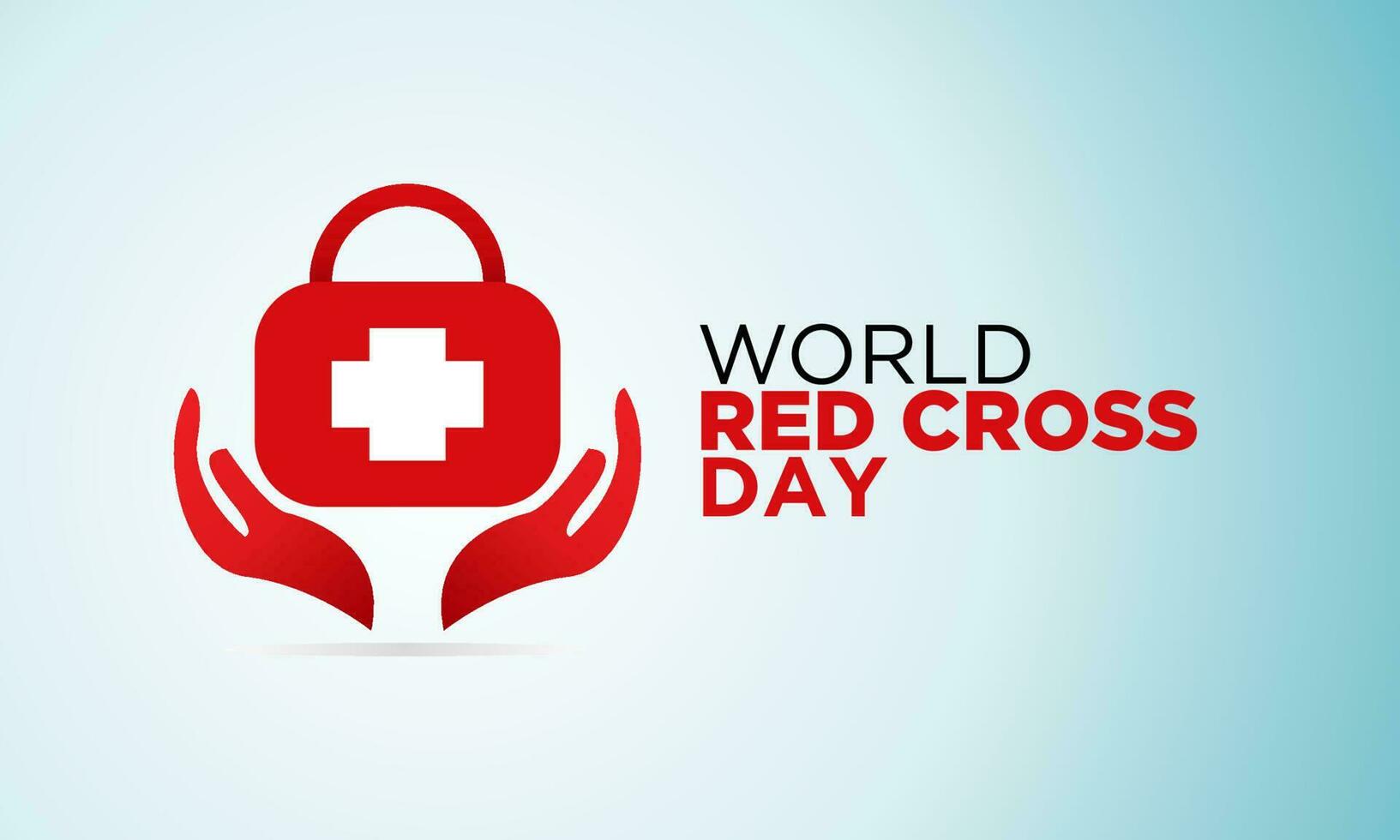Outside Kathmandu Vallely, People Still Careless About COVID
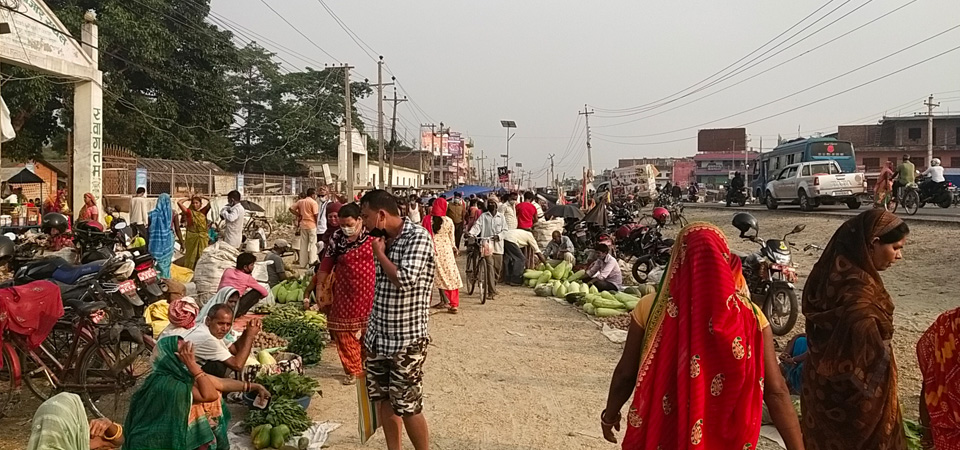
KATHMANDU: JAN. 21 – The country is in the midst of the third wave of the COVID-19 pandemic and medical personnel stress that Kathmandu Valley is the epicentre.
According to the Ministry of Health and Population, all three districts of the Kathmandu Valley are in the ‘red zone’ meaning they have more than 500 active cases each. Considering this risk, several government offices including the District Administration Offices in many districts and the Department of Passports have rolled back all but their emergency services.
The Supreme Court too decided on Tuesday to only hear petitions related to habeas corpus and the COVID-19 pandemic and other urgent writs concerning life and public health.
Several prominent festivals like Panauti’s Makar Mela and Sankhu’s Swasthani Brata have been restricted in the wake of the latest outbreak widely held to have been triggered by the Omicron variant of the novel coronavirus.
People have also become aware and prefer staying at home as far as applicable. Traffic is noticeably lighter on the streets of the capital as schools have closed and offices have implemented work from home protocols. Those who do need to be out on the streets can be seen wearing masks and face shields. If they are not, they are stopped and cautioned by the security personnel.
However, the pandemic is not just limited to Kathmandu. All 77 districts of the country have at least one active COVID-19 case as of Thursday and at risk of recording more. Yet, people and authorities do not seem to be much bothered and life continues as normal despite the immense risks to public health.
In Ilam, devotees, including many from India, gathered at the confluence of Mai and Jogmai Rivers on Saturday to celebrate the Maghe Sankranti festival. Similarly in Saptari, sitting lawmaker Tejulal Chaudhary defied the local administration’s ban on public gatherings and inaugurated the Maghi Fair.
Our Dhalkebar correspondent Vijay Kumar Sah writes that people are equally carefree in Dhanusha as well. Because it borders India, Madhesh Province is at risk of COVID-19. This week alone, the number of active cases in the eight districts of the province has crossed 800. Dhanusha in particular had more than 200 active cases as of Wednesday and was in the ‘yellow zone.’ Yet, one would not know it by looking at the crowds on the streets.
The District Administration Office has banned all gatherings of more than 25 people, made masks mandatory and urged everyone to maintain a distance of at least two metres from the nearest person when outside. But almost no one was found to be following these rules in the markets of Sakhuwa, Dhalkebar, Badhari, Dharapani, Birendrabazar, Godar, Dhanushadham and Sabaila as well as in the provincial capital Janakpurdham.
Hundreds, if not thousands of people continue to gather at urban centres, often without masks, and the local government and security agencies have done little to enforce the government’s health rules.
Meanwhile, in Gulmi, one of the district’s main COVID-19 testing laboratories has shut down due to lack of funds, our Gulmi correspondent Tilachan Pandey reports.
The local levels of the district had pooled their resources and had been managing to operate the lab at the Gulmi Hospital since the start of the pandemic. “However, they are no longer able to bear the costs of the facility which is why we have had to close it down,” Dr Uttam Pachya, chief of the hospital, said.
Pachya informed that it costs around Rs. 4 million to test 100 swab samples. “We have not received any aid from the federal or provincial government which has forced us to stop testing,” he said as he appealed to the agencies for help.



